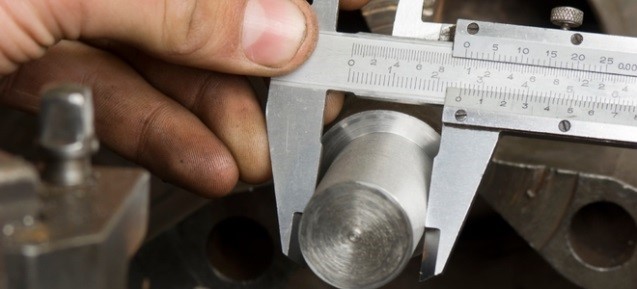How to identify a Hydraulic Cylinder?
One of the biggest questions asked in the hydraulic cylinder industry is how to identify what cylinder you have. The answer is a lot simpler than you would think. There are two ways to identify a cylinder.
The first way is by the part number. Typically, there will be a stamp or a plate on the cylinder with a 5 to 10 digit part number on the cylinder. Also, finding out the manufacturer will help a great deal. Xtreme Cylinders references over 60,000 part numbers so if you’re able to find a part number, feel free to give us a call.
The second way to identify a cylinder is by dimensions. This is obviously more time consuming than finding a part number but by no mean is it difficult. In America, dimensions for cylinders are broken down in the standard system so you will want to use the unit of inches when measuring the cylinder. When getting dimensions for a cylinder, the first thing you have to do is find out if your cylinder is a single stage cylinder or a multi staged cylinder. If the cylinder is single stage cylinder the rod will stay the same size as the cylinder extends. If the cylinder is a multi-stage cylinder, the rod will decrease in size as the cylinder extends. Review the pictures below for examples of both types of cylinders.
*example of a single stage cylinder

*example of a multi-stage cylinder

If you find out you have single stage cylinder more commonly referred to as a standard cylinder, there are certain dimensions you will need. The first dimension you will need is the bore. The bore is the inside diameter of the cylinder. To measure the bore, you will want to measure the outside barrel of the cylinder with a caliper. With standard cylinders, typically the bore is about half an inch bigger than the outside diameter. For example, if the outside diameter of your cylinder 4.5 inches, you can assume the bore is 4 inches. While this way doesn’t always give you the exact inside diameter9da2, this is the closest you can get to figuring out the bore without knowing the thickness of the walls inside the cylinder.
Once you have the bore of the cylinder, you now need to find out what the rod diameter is. To do this, all you have to do is take the caliper and measure the diameter of the rod.

The next measurement you will need is the closed dimension. This dimension is measuring the center of the base pin to center of the rod pin when the cylinder is completely closed.

Once you have the closed dimension, it is now time to get the open dimension. The open dimension is measured the same way the closed dimension is, but the cylinder needs to be completely extended. The open dimension is the meaaba0surement of the center of the base pin to center of the rod pin when the cylinder is completely extended.
The next dimensions you will need are the pin-hole diameters. Many cylinders have rod pin and base pin holes with different diameters so make sure you measure both the base and rod pin.

Once you are finished getting all of these dimensions the next step is to find out what kind of mounting the cylinder has. There are a couple different mounting style but the main two with standard cylinders are clevis and cross tube mounting. Clevis Mounting looks the letter U and is often referred to as bunny ears.
What if you don’t have a standard cylinder but you have a multi stage telescopic cylinder. What dimensions will you need for this scenario? Well, you will still need to know the application of the cylinder, the base and rod pin-hole diameters, the width of the base and rod mounting, and the open/closed dimensions of the cylinder. However, since it is a multi-staged cylinder, the bore and rod diameters aren’t important.
What is important is how many moving stages the cylinder has. Now the key word in that sentence is moving. You do not want to count the barrel because the barrel does not move.